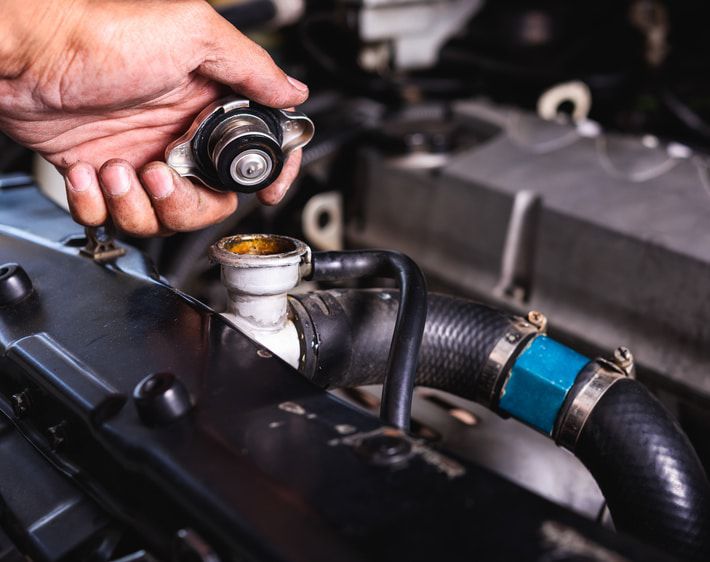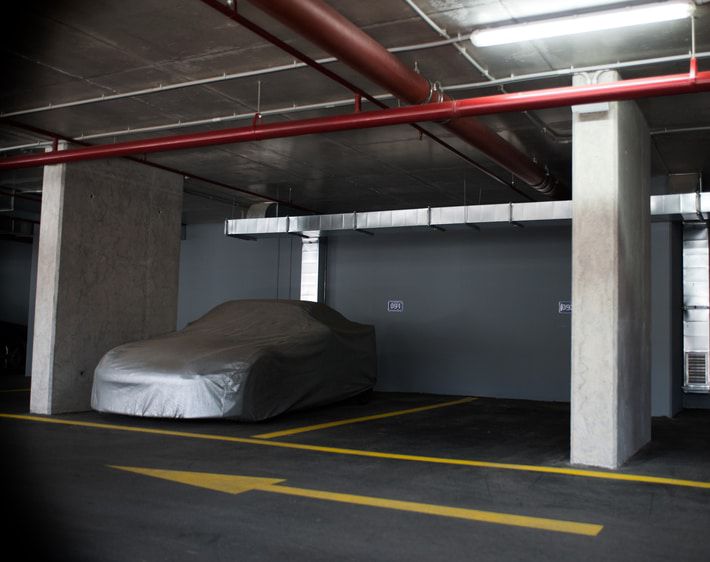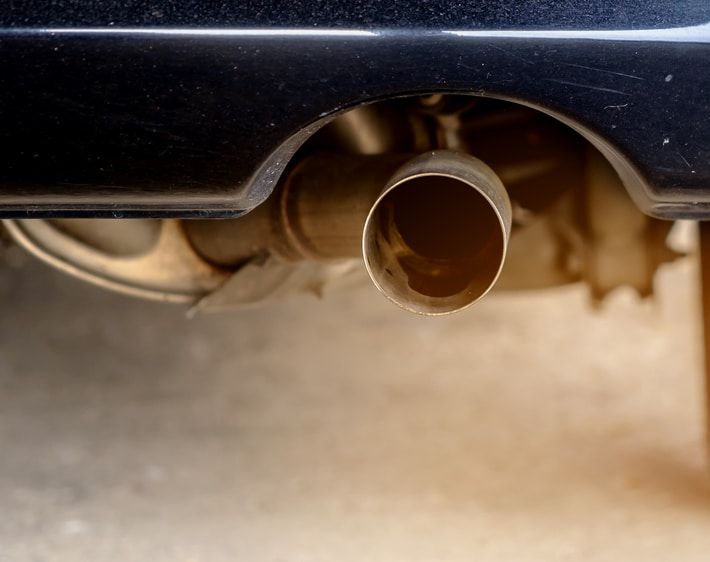Key Takeaways
- Driving with low coolant can cause your engine to overheat, leading to severe damage such as pistons welding to cylinders or a complete engine failure.
- Low coolant levels can also result in blowing a head gasket, which is indicated by smoke from the engine or tailpipe and decreased engine performance.
- Some vehicles may automatically shut off the engine to prevent severe damage when the coolant is too low, which can be dangerous if it happens while driving.
- Signs of low coolant include a high-temperature gauge reading, malfunctioning A/C, and a sweet-smelling odor from leaking antifreeze.
Gasoline engines, diesel engines, hybrid vehicles, and even electric cars naturally create heat. When you use your car’s heater, some of this heat is channeled into the cabin for your comfort. A majority of the heat, however, must be managed another way.
To ensure the engine stays at an optimal operating temperature, your car relies on a fluid called antifreeze, or engine coolant. Driving with low coolant could let your engine get too hot, which usually spells trouble for your engine, your vehicle, and your journey!
Effects of Low Coolant in Car
Driving with low coolant can damage certain parts of your vehicle, which could require major repairs. Here are some things that can happen if you drive with low coolant.
Your engine could overheat.
Coolant helps pull heat away from the engine. So, without enough coolant, the engine could overheat or seize up. Continued use of an overheated engine could lead to permanent damage, such as pistons welding to the cylinders.
You could blow a head gasket.
If you’ve ever said, “I am about to blow a gasket,” to describe your mood — you know that this happening to your engine is bad news! Low coolant can sometimes cause a head gasket on your engine block to blow. If this happens, you may notice smoke emitting from the engine or tailpipe, a loss of power, engine knocking sounds, or decreased efficiency.
Your car could shut off.
Some cars have a safety system in place to automatically shut the engine off before it suffers significant damage — which can happen due to low coolant. While this may help save you from extensive repairs stemming from an overheated engine, it can be very dangerous depending on where you are driving when the engine shuts off.
Low Coolant Symptoms
Low coolant symptoms can vary depending on how low your vehicle is on antifreeze. Typically, low coolant will trigger your antifreeze light. Some vehicles might display a "Check Coolant" message on the dashboard. If your coolant light is on, you may notice some of these oddities.
The high-temperature gauge is near or in the red.
One tell-tale sign of low coolant is the high-temperature gauge on the dashboard. This gauge is designed to tell you when the engine is getting too hot. Most often, the gauge should stay near the center of the H and C symbols. If the gauge is reading close to the H, shut your engine down and have it towed to a Firestone Complete Auto Care near you for repairs.
The A/C system is malfunctioning.
When you use your vehicle's heat, the coolant helps regulate the flow of hot air into the cabin. If the coolant is low and your air conditioning is running, you may notice hot air coming from your car A/C vents. (Psst! In winter, try these tips to stay warm when your heat isn't working!)
There's a sweet-smelling odor.
When there's a coolant leak in your vehicle, you may notice a sweet smell in your air conditioning or under the hood. This is because antifreeze contains glycol, a sweet, viscous liquid used to help regulate the freezing and boiling point of water. While strange odors may be a sign of car issues, they are not always a clear indicator. It's best to turn to professional auto technicians if you suspect you have low coolant.
Your Coolant Level Sensor is faulty.
Sometimes, an illuminated coolant light may be due to a faulty coolant level sensor. If this sensor malfunctions, it could be causing the coolant light to turn on even if you don't have low antifreeze levels.
Causes of Coolant Loss
Unlike engine oil, which can be changed as frequently as 3,000-5,000 miles, you normally don't have to check and replace coolant as often. In fact, since coolant works within a closed system, it shouldn’t become low unless there’s a leak, in which case you should visit your local car care experts for radiator services and repairs. There are a few common ways in which coolant fluid can leak:
- External leaks from radiator hoses, connections between hoses, or from the radiator itself
- Radiator cap leaks due to a faulty seal on the cap where the pressurized coolant can leak out
- Internal leaks where coolant may leak out of places such as the engine's head gasket
If you suspect that your vehicle has a coolant leak, visit a Firestone Complete Auto Care near you for a comprehensive system inspection. Whether you have a faulty Coolant Level Sensor or an internal leak, we'll diagnose your low coolant issue, recommend the necessary repairs, and get you back on the road with a car that’s Fixed Right. Priced Right. Right on Time.



